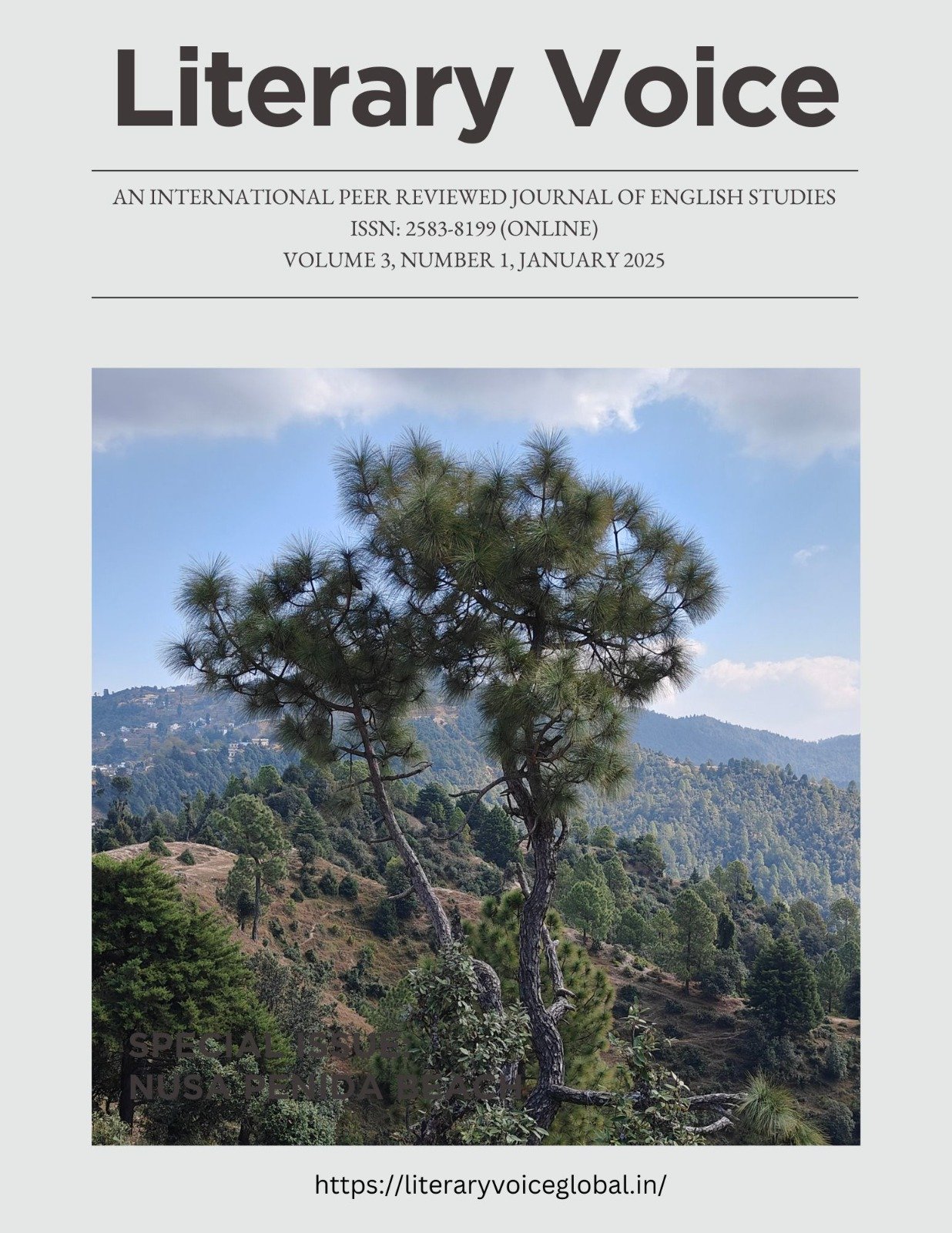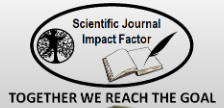Healing and Transformation: Power of Resilience in Tolkien’s The Lord of the Rings and The Hobbit
DOI:
https://doi.org/10.59136/Keywords:
Resilience, Sacrifice, Redemption, Spiritual connotations, Nature, Corruption.Abstract
The interplay of healing and transformation to the fate of humanity, as well as that of individual characters, is a recurrent theme in both The Lord of the Rings and The Hobbit by J.R.R. Tolkien. The focus of this paper is on the concept of resilience as it extends beyond the portrayal of the characters to include societies and landscapes, and how efforts taken by Tolkien centered around myth, sacrifice and redemption. Close reading and the textual analysis of Tolkien’s works reveal the healing and transformation of various characters. Frodo, is one among them whose healing is not merely a physical aspect but has deeper spiritual connotations, with imposing effects arising from sacrifice. This is further compounded by the fact that for Tolkien healing and transformation are intertwined concepts, and this synthesis resonates in Frodo and even more in Aragorn. The paper presents the argument that landscapes are equally important here. The healing of the Shire and the destruction of Mordor seem to mark the themes of nature and corruption respectively. Focusing on the sacrificial hero and the reborn king as prominent archetypes, Tolkien’s works are placed in a greater context in which cycles of death and rebirth and renewal are important. This line of analysis helps the readers see how healing and metamorphosis are key parts of resilience in Tolkien’s outlook, emphasizing that in reality healing is both individualistic and collective.
Downloads
Downloads
Published
Issue
Section
License

This work is licensed under a Creative Commons Attribution-NonCommercial 4.0 International License.





